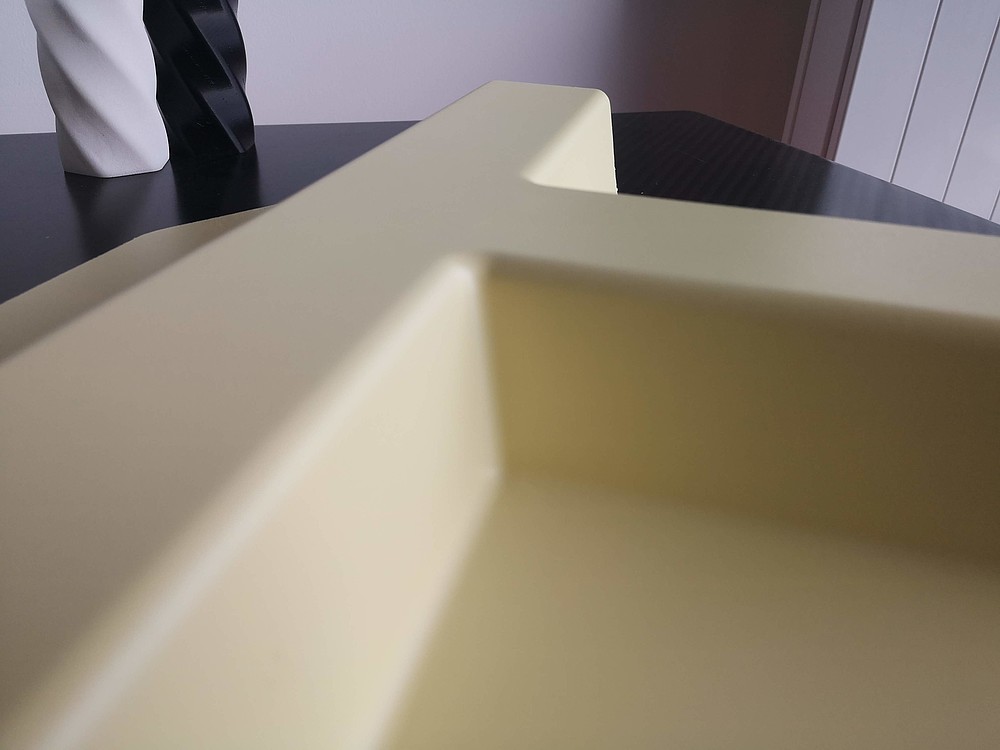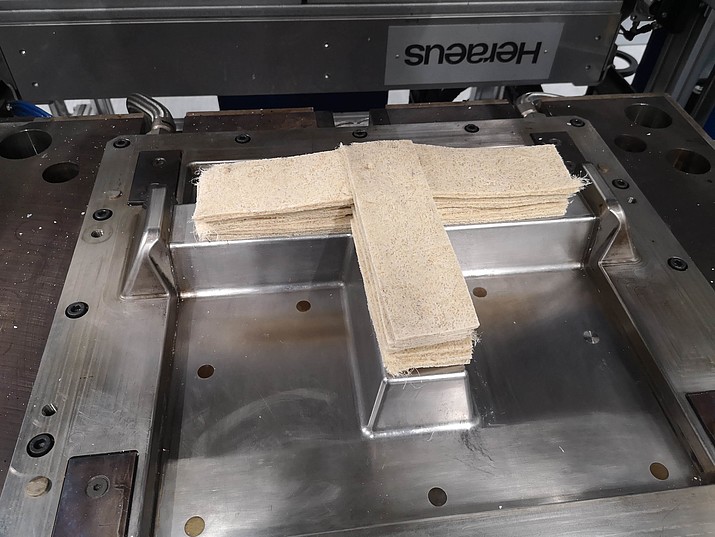How we can protect the environment and develop areas of application for NFK

Thanks to the ecological attractiveness of natural fibers and their outstanding mechanical properties, natural fiber-reinforced plastics (FRP) have long been the focus of research into environmentally friendly alternatives to conventional fiber-reinforced composites such as GRP.
Some of the processes for the production of NFRP that have been researched in this context already have good market acceptance and demonstrate the potential of NFRP. However, some other NFRP production processes that have been researched to date are not yet economically competitive with those of other fiber-reinforced composites.
In order to replace glass fibers with plant fibers in a profitable way for the industry, for example, a new focus of research must therefore be on cost-effective and available fibers (e.g. plant material residues), which nevertheless have sufficient mechanical properties for certain NFRP manufacturing processes.
This is precisely where impulse project 5 comes in.
After several preliminary tests with different fiber types and qualities, a general suitability of hackled tow for the production of NFC can be identified. Hackled tow is a by-product of long fiber production, which consists of short pieces of fiber and is available on the market at low cost. The fibers contained in hackled tow are ideal for the production of NFRP components using the SMC process. This process is the most commonly used technique in the European industry for manufacturing fiber-reinforced plastics.
Semi-finished products produced using the SMC process can be processed in a relatively short cycle time (approx. 3-8 minutes), allowing complex geometries to be produced economically and efficiently. The resulting components are used in the transportation sector (interior cladding in trains, exterior cladding for buses, trucks, agricultural machinery, etc.), among others.

Initial findings from the LaNDER³ project research show that components produced using the SMC process exhibit equivalent properties, e.g. stiffness, flow properties and fire resistance, to those achieved using glass fibers. Due to their low density, the resulting NFRP components are also suitable for use in lightweight construction. And the subsequent surface finishing of the components can also be achieved in the same way and quality as those made of GRP.
Due to regulatory framework conditions, more sustainable materials such as natural fibers will also have to be used in the mobility sector in the future.
The ecological advantage (CO2 balance) of completely replacing glass fibers with natural fibers should not be ignored. For even more sustainable material development, research is currently being carried out in impulse project 5 on the substitution of petrochemical components of the matrix material, i.e. the plastic part, of the NFRP with bio-based components.
Competitive technology: The findings from impulse project 5 show that manufacturing companies can make a seamless transition from the production of GRP to the more sustainable production of NFRP without having to purchase new machines or retrain staff.